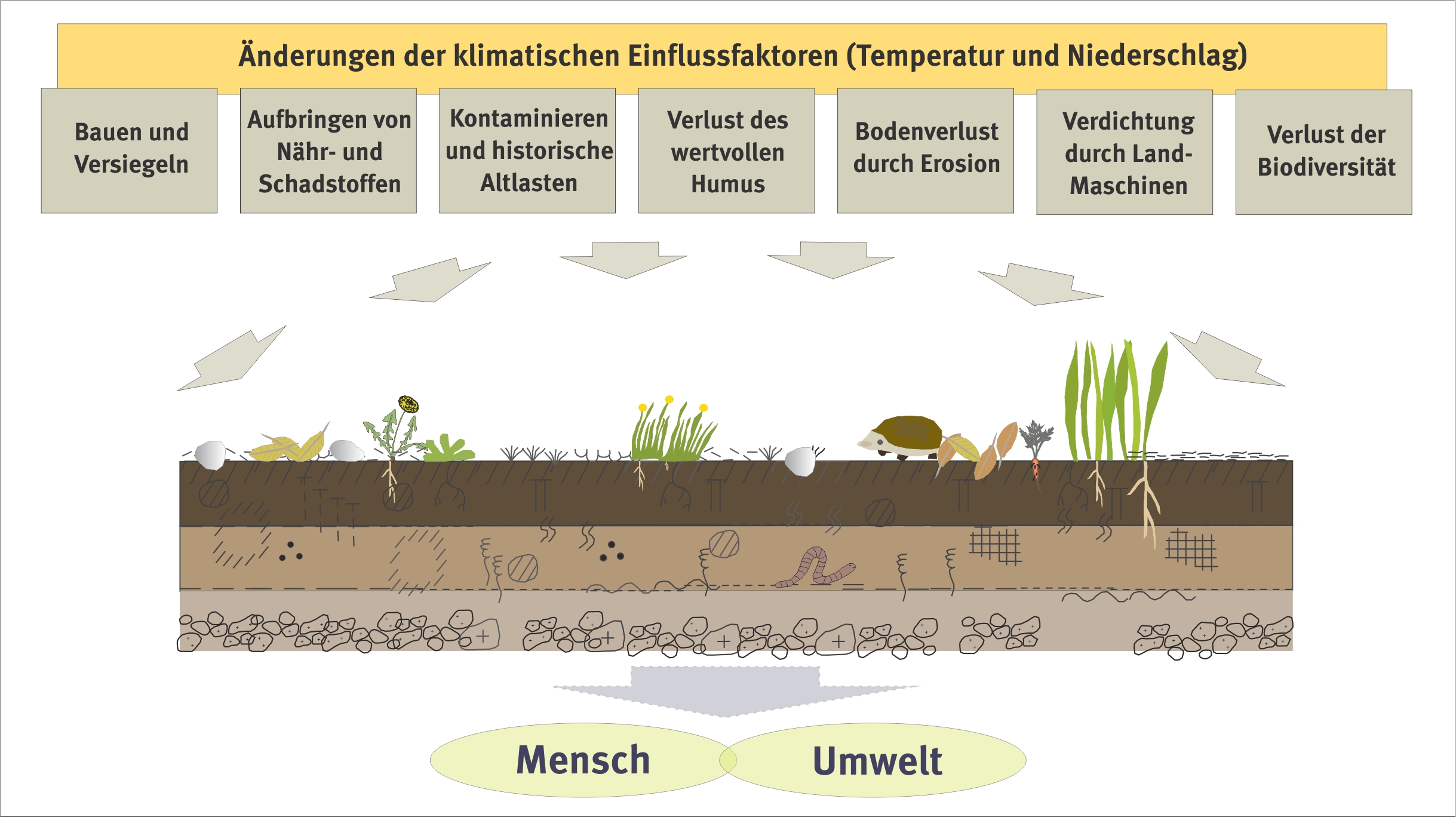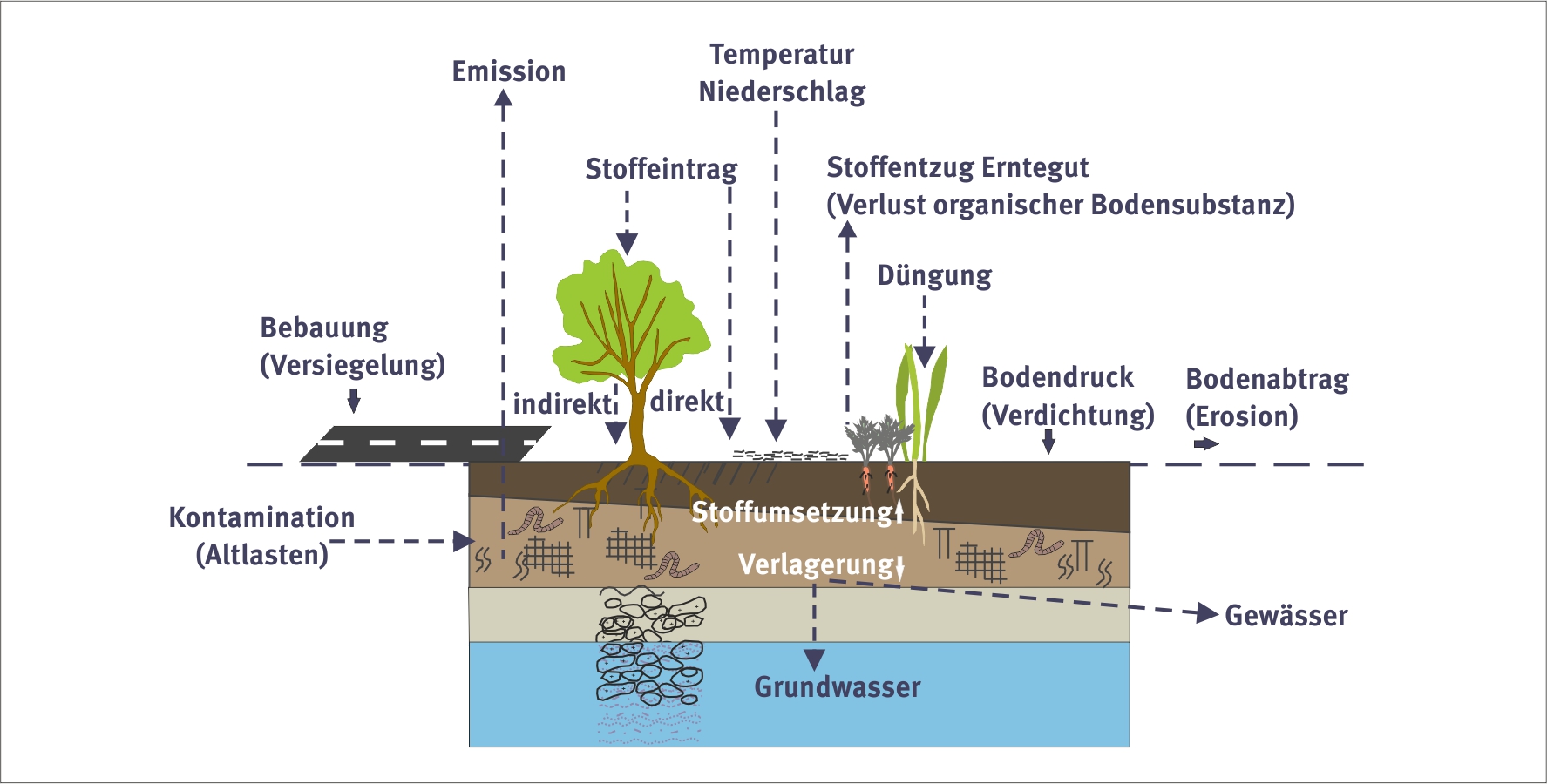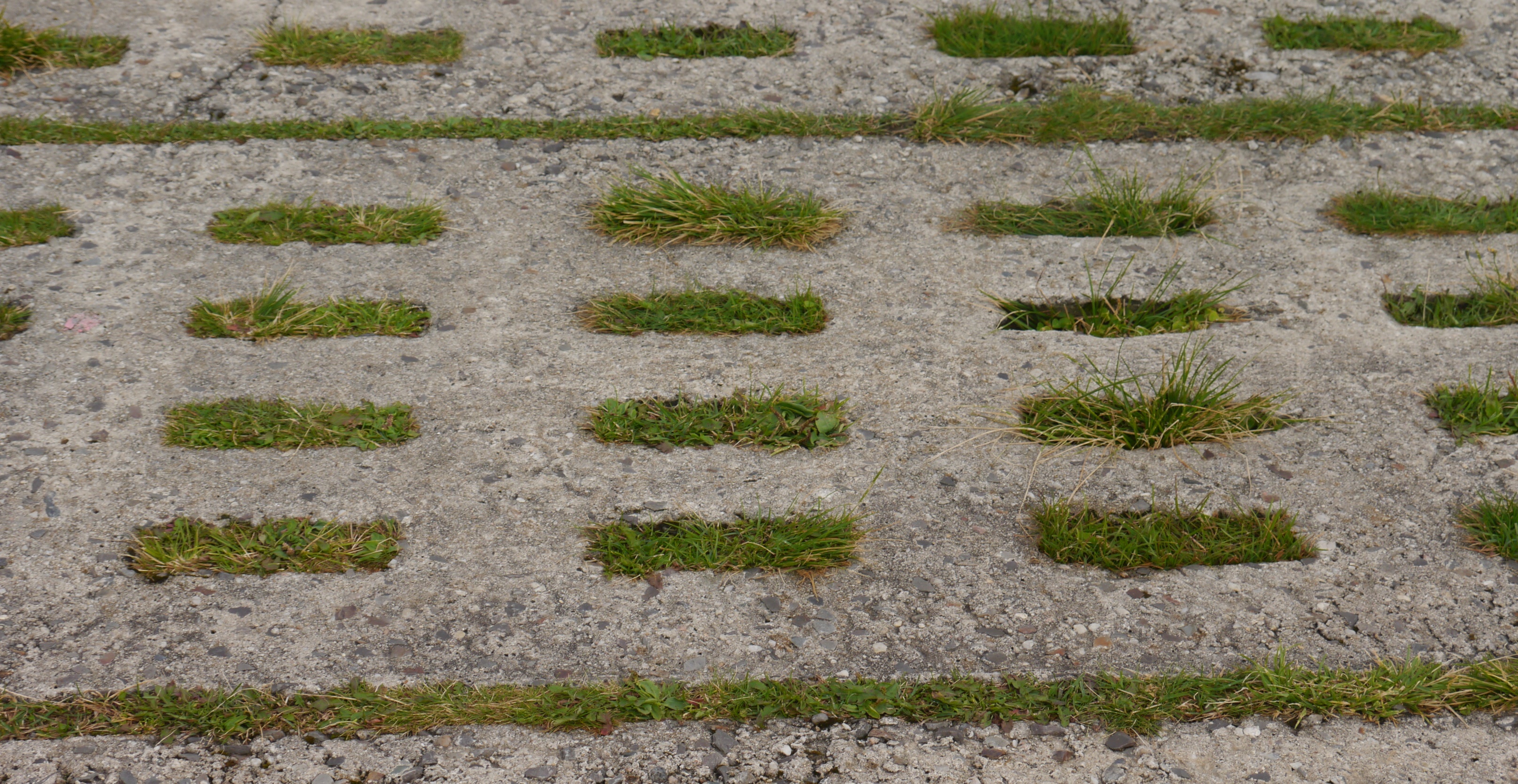Soil degradation is a process that has been going on for many years and from myriad sources, the one culprit being land development, which invariably destroys soil ecology, and the other being various substance inputs such as toxic elements and compounds, as well as nutrients. Farming can cause soil erosion and compaction, while climate change and monoculture farming alter soil carbon content, which is a valuable guarantor of arable-land productivity.
The destruction or degradation of fertile land represents the irreversible destruction of a core element of a vast and ancient ecosystem. The operant term here is “irreversible,” for rehabilitation is merely a stopgap measure that cannot possibly restore the invaluable ecological functions that have been lost not only to us but to future generations as well.
The precautionary principle
Soil performs myriad socioecological functions, which have been protected since 1999 by the Federal Soil Conservation Act (BBodSchG), which aims to conserve or restore soil functions for future generations. It is not enough to merely avert risks and degradation simply because our stock of land cannot be expanded or rehabilitated at will.
Key in this regard is the precautionary principle, whose purpose is to guarantee that soil-function degradation will be avoided. And while periodic greenfield land loss to erosion is not harmful in and of itself, over the long term it can be a major cause of concern in terms of food security.

Soils face many exposures.
Source: S. Marahrens / Umweltbundesamt

Human influences stress our soils.
Source: S. Marahrens / Umweltbundesamt




